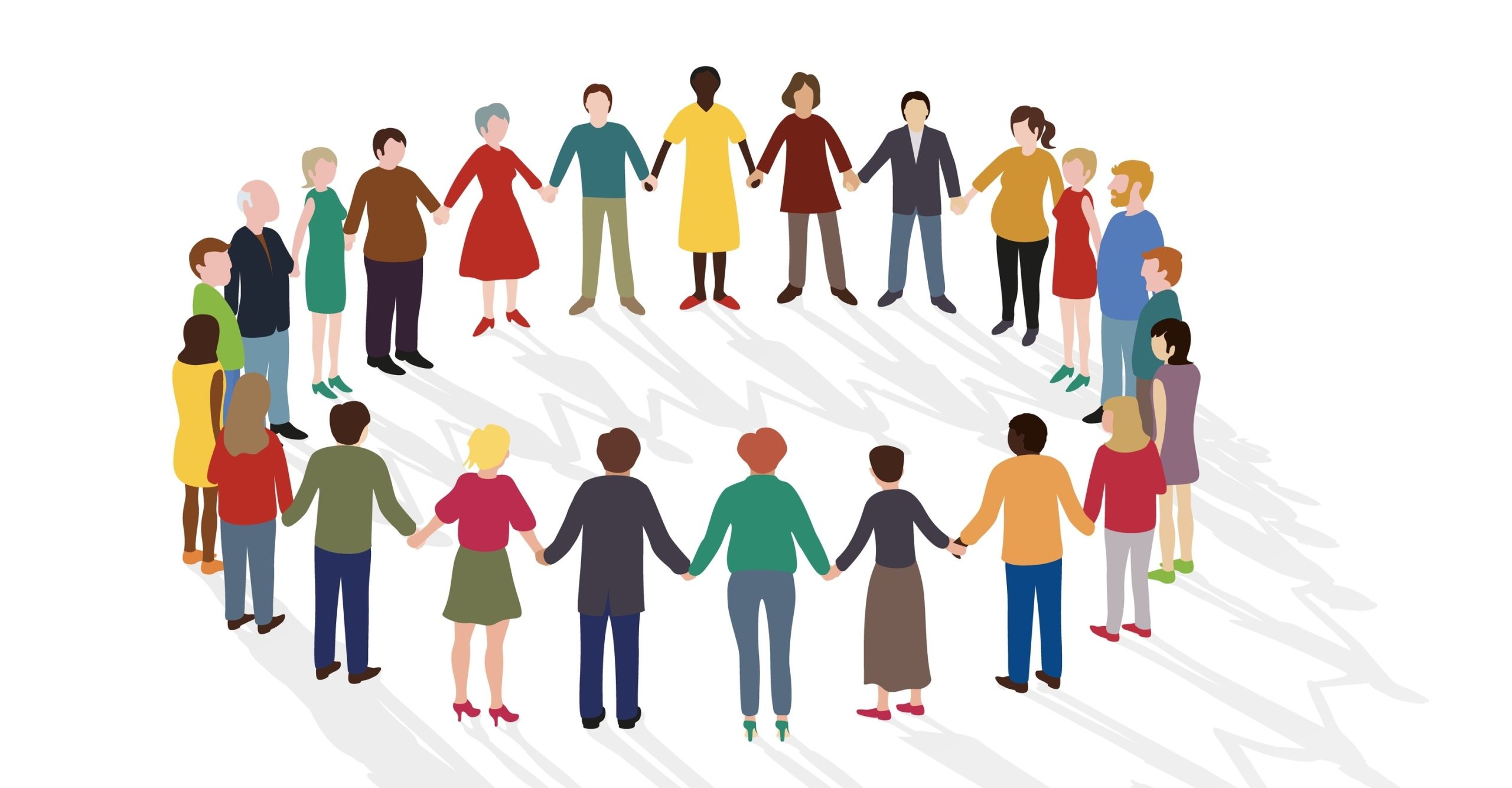The Evolution of Life Insurance: What Paradigm Shift Toward “Re-Radicalization” Is Needed for the Future? – Part 1

The Future of Life Insurance Lies in “Re-Radicalization”
In Japan, approximately 90% of households are enrolled in life insurance, making it a near-universal necessity that has long played a fundamental role in people’s lives.
However, in recent years, structural changes driven by evolving consumer behaviors have begun to shake the foundations of the traditional life insurance business. Concerns are growing over the shrinking of the market and a decline in the perceived value of life insurance.
To reverse this downward trend and sustain or even expand the presence of life insurance in society, relying on incremental improvements alone will not suffice. What’s needed is a paradigm shift—one bold enough to break through the conservative tendencies of the industry.
We believe the key to this paradigm shift lies in what we call the “re-radicalization” of life insurance—returning to its original purpose. At first, the idea of the future being “re-radicalized” may sound paradoxical. But when life insurance reconnects with its roots, it can become not only more essential to society than ever before, but also something that brings greater peace of mind and emotional value to people's lives.
What does this really mean? What kinds of changes are currently reshaping life insurance? And how should the industry evolve to meet future needs?
To explore this vision of a re-radicalized future for life insurance, we present this discussion in two parts: Part One revisits the origins of life insurance and analyzes the latest shifts in its surrounding environment, before outlining a future vision; Part Two will delve into the practical challenges and technological solutions needed to realize that future.
The Origins of Life Insurance: Mutual Aid Within “Visible Communities”
The origins of modern life insurance trace back to medieval Europe. While humans had long lived in large communities, the structure of family units began to shrink in the post-medieval period. As a result, the economic impact on surviving family members became more severe when the household’s primary earner passed away.
It was in response to this challenge that the idea of life insurance emerged. Modern life insurance is said to have begun with the guilds—trade associations organized in medieval European cities as early as the 13th century.
Within these guilds, colleagues contributed funds to support each other in case of emergencies. If something happened to a member, the pooled money was used to support the bereaved family so that they could maintain their standard of living. By the 17th century, a similar system appeared among clergy in England, where pastors at St. Paul’s Cathedral formed an association to collect insurance premiums. These funds were intended to provide financial support to the families they might leave behind.
Why did people begin such systems? It was because…
To read the full text, please download the PDF.
DownloadPDF(1.19 MB)